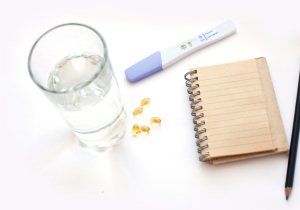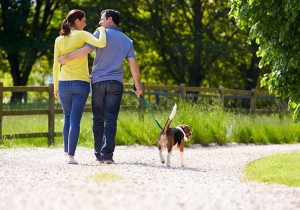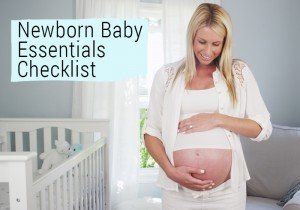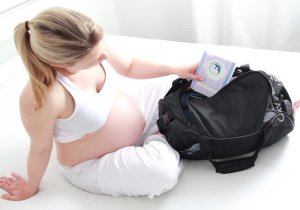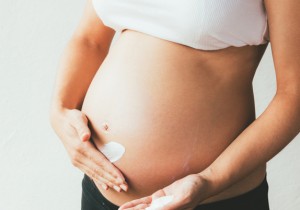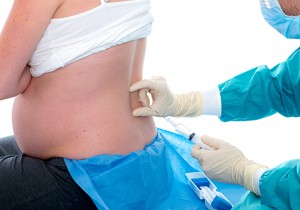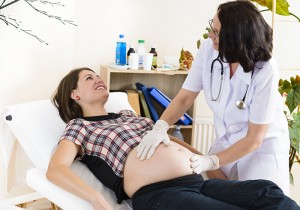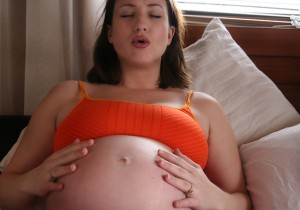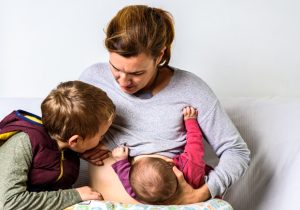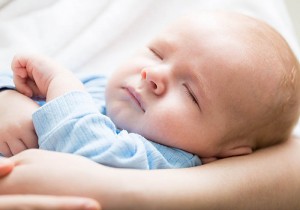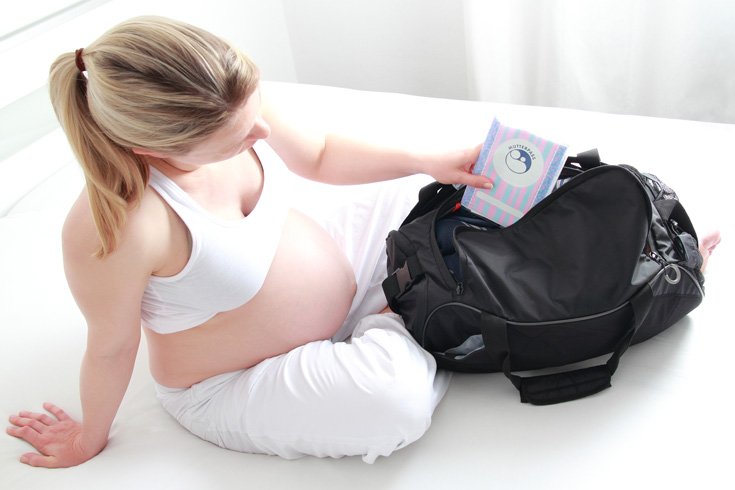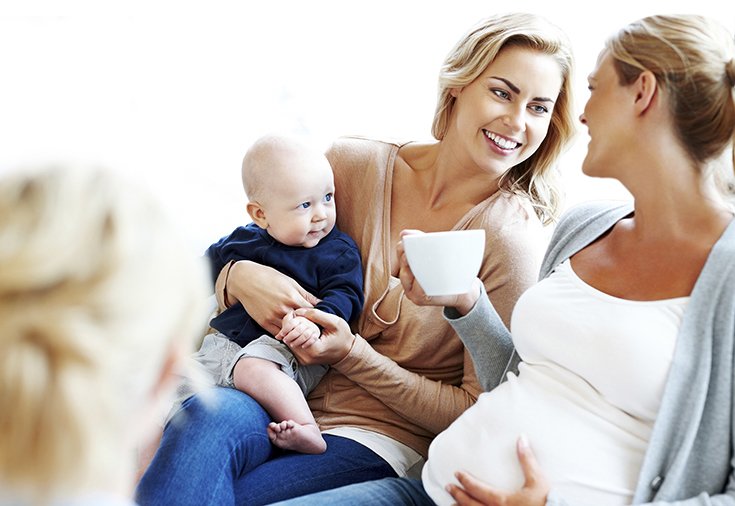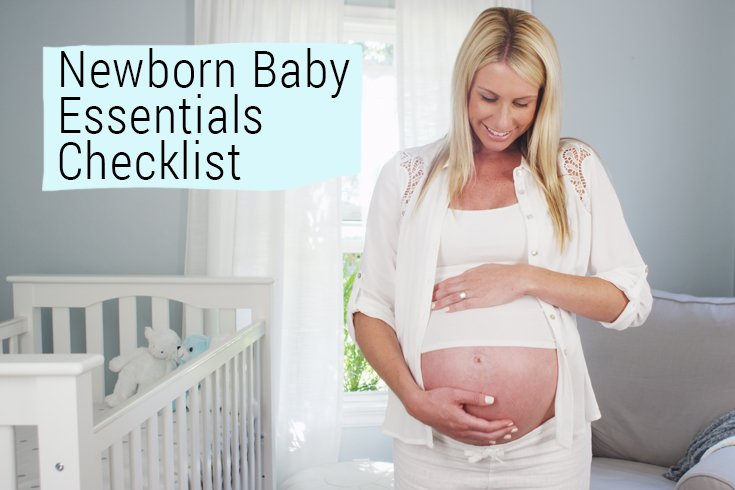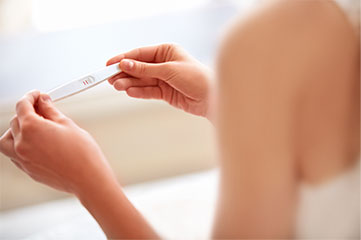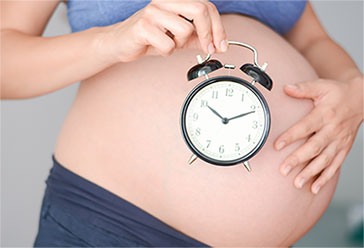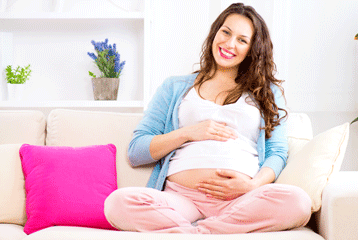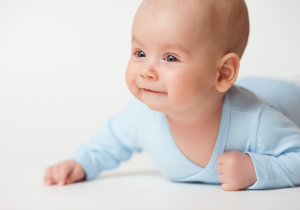
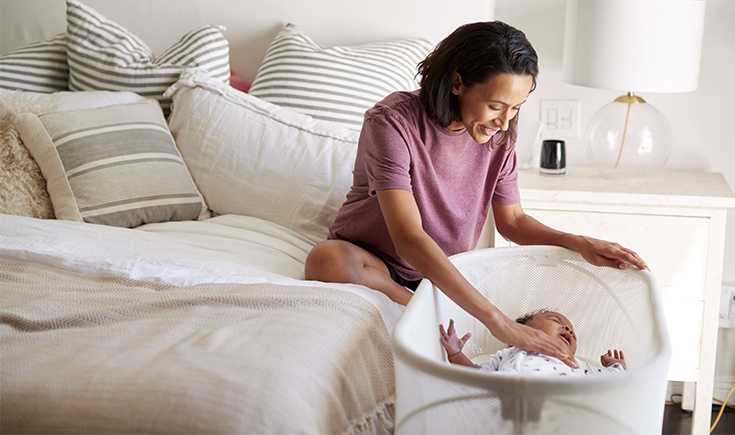
Sleeping with your baby is biologically normal, instinctive, and beneficial, so it’s no surprise that bed sharing is common practice worldwide. Some babies will only sleep close to their caregivers, while others need to be close during sensitive stages of development (such as sleep progressions). Many parents hear that bed sharing is unsafe, so they might instead sleep on the couch with their baby, which is extremely dangerous. We would like to ensure that you take precautions to create safe sleeping environments, so we have put together this guide to sharing a bed with your baby.
Whether you intend to or not, there may come a time when you find that bringing your baby into your bed during the night is more practical. Even if your baby starts in their cot at the beginning of the night, bringing them to your bed can make feeding and resettling easier when you’re already so tired yourself. You might play a fun game of musical beds some nights, so it’s a good idea to become quite flexible about where your baby sleeps (and the rest of the family, too!).
The Australian recommendations for safe sleeping
Red Nose recommends sleeping a baby in a cot next to their caregivers’ bed for the first six to twelve months of life, as this has been shown to reduce the risk of SUDI (Sudden Infant Death in Infancy, which is a term that includes Sudden Infant Death Syndrome [SIDS] and fatal sleeping accidents).
Sharing a sleep surface with your baby increases the risks of SIDS and fatal sleeping accidents, however Red Nose supports a risk minimisation approach. In other words, education is key. Parents need to be informed about strategies from the best available research in all sleep environments to help them make an informed choice to suit their family’s cultural and environmental circumstances. First, we’ll look at what increases the risks, and then we’ll look at the strategies to reduce the risks.
The risk is significantly increased when bed sharing in the following circumstances:
- When babies are less than 3 months of age
- When babies are born prematurely
- When babies are smaller than their gestational age
- Where babies are exposed to parental smoking, alcohol, drug, and sedating medication consumption
- Where the caregiver is overly tired
- Where the caregiver is obese
- Where babies are sharing a bed with other children or pets
- Where the baby can be trapped between the wall and the bed, can fall out of bed, or could be rolled on
Strategies to reduce the risks in a shared sleeping environment include
- Put your baby on their back (and never on their tummy).
- Make sure the mattress is clean, firm, and flat (not tilted or elevated). The safest solution is to have the adult mattress on the floor.
- Keep adult bedding, blankets, and pillows, and any other soft items away from your baby. Instead, you could use a safe infant sleeping bag so your baby isn’t sharing your bedding.
- Use lightweight blankets and wear a warm top yourself, rather than heavy doonas.
- Never wrap or swaddle your baby if you’re sharing a sleep surface.
- Remove teething necklaces prior to sleep if used, and any of your own jewellery.
- Place the baby at the side of one parent, not in the middle of two parents, as it will increase the likelihood of the baby becoming covered by the adult bedding.
- Ensure the baby isn’t close to the edge of the bed, but don’t use pillows to prevent your baby from rolling. Avoid pushing the bed against the wall.
- If you have long hair, tie it back to prevent entanglement around your baby’s neck.
- Ensure the baby is never left unattended.
Benefits of shared sleeping with a baby includes:
- Improved breastfeeding outcomes
- Reduced formula supplementation
- Improved maternal sleep
- Increased infant arousals during sleep
- Fewer infant sleep problems reported by parents
- Enhanced maternal bonding and responsiveness
- Improved infant settling with less crying and reduced stress response
- Higher self esteem, better social skills and emotional outcomes in later life
To explore the research findings for each of these benefits, head to Red Nose. Their Safe Sleeping program is based on scientific evidence. The 80% drop in SIDS deaths and the more than 9,000 lives that have been saved is testament to the effectiveness of the program.
Red Nose, 2017 ‘Sharing a sleep surface with a baby’, information statement.
Raising Children Network, ‘Co-sleeping with your baby’, https://raisingchildren.net.au, last reviewed 2020.

